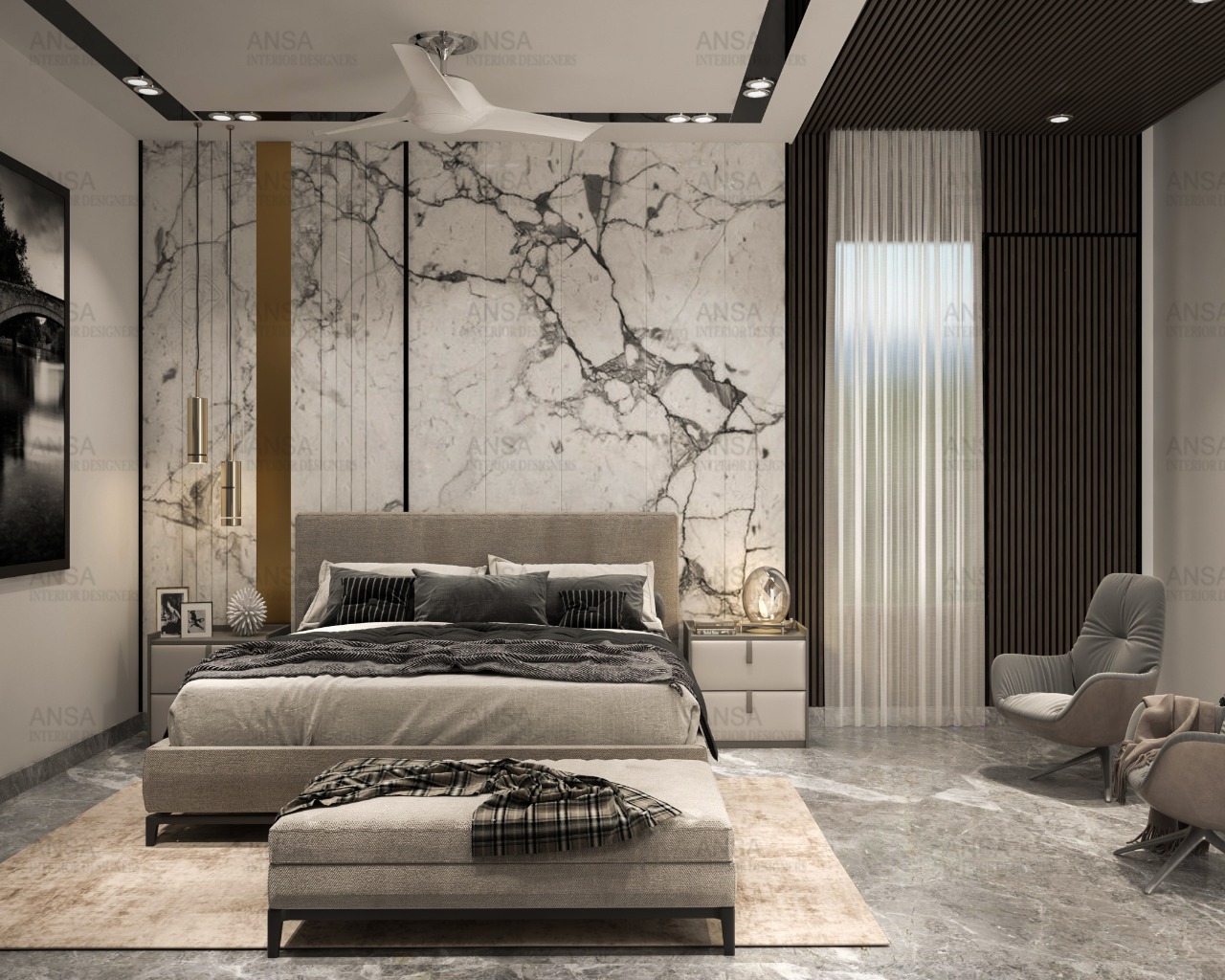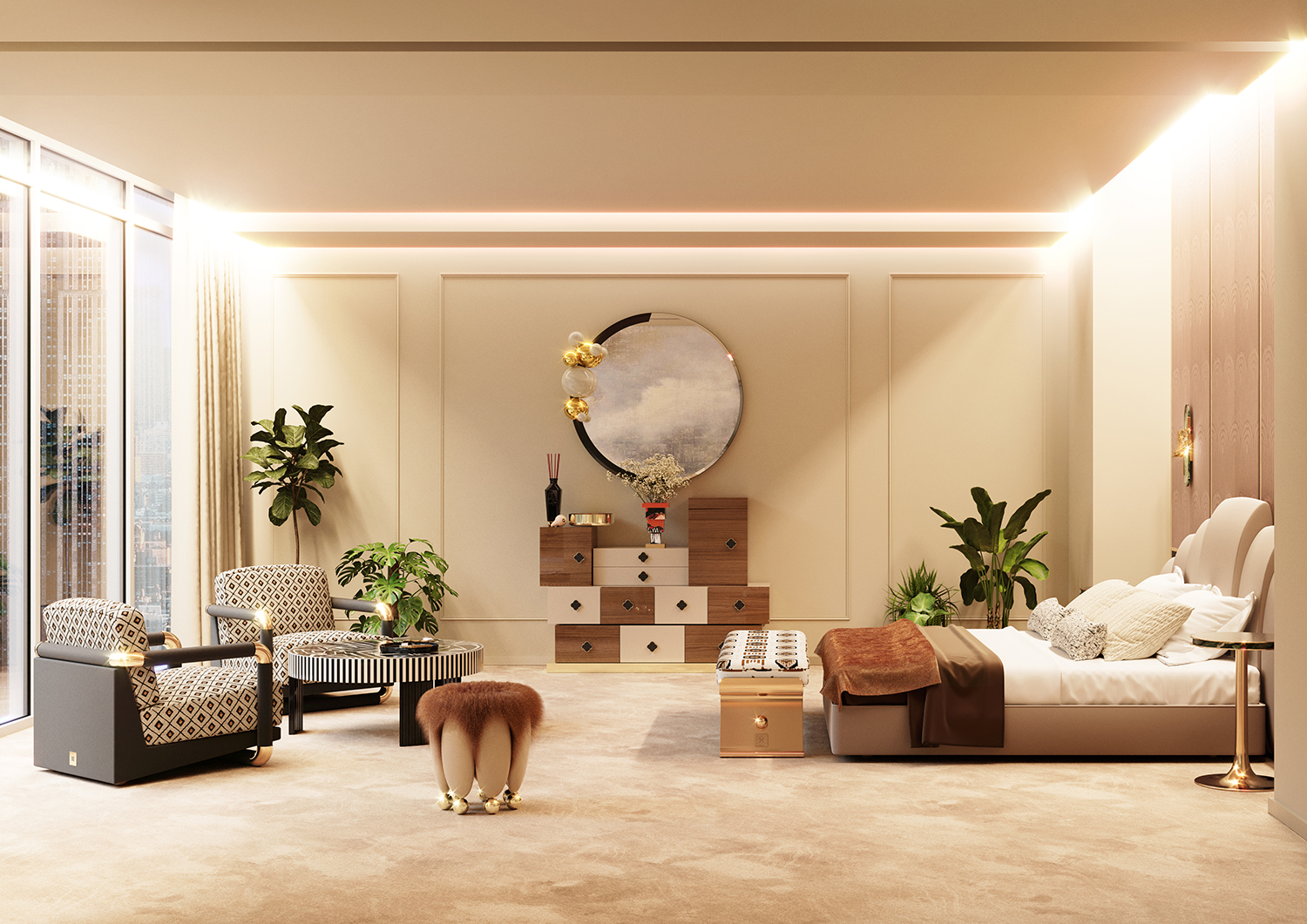Discover Cutting-edge Solutions in Interior Architecture Miami
Discover Cutting-edge Solutions in Interior Architecture Miami
Blog Article
Why Comprehending the Concepts of Inside Design Is Important for Effective Space Preparation
Recognizing the principles of interior style is essential to efficient area planning, as it lays the groundwork for creating environments that harmonize functionality with aesthetic appeal. Important components such as proportion, flow, and balance are not just attractive considerations; they are important in enhancing how a space is made use of.
Relevance of Room Planning
Space preparation is a basic element of interior decoration that substantially influences the functionality and aesthetic appeals of a space. It entails the calculated plan of furniture, components, and architectural aspects to optimize making use of offered space while boosting the general user experience. Reliable area planning addresses numerous elements, consisting of flow, ease of access, and the particular needs of the owners.
One of the main benefits of area preparation is its capability to improve spatial performance. Luxury Interior designer Miami. By thoughtfully arranging a layout, designers can ensure that every location offers a function, decreasing mess and promoting a sense of order. In addition, appropriate room planning promotes an unified environment, enabling smooth movement and communication within a room
Additionally, effective space preparation takes into consideration natural light, sightlines, and the connection in between different locations. This all natural method not just boosts the aesthetic charm yet also contributes to the health and productivity of the residents. Inevitably, a well-executed space strategy contributes in producing a well balanced and inviting ambience, making it crucial for any interior decoration project.
Trick Principles of Inside Layout

One essential concept is balance, which can be in proportion, unbalanced, or radial. Balanced balance produces a feeling of order, while unbalanced equilibrium offers an extra vibrant visual charm. One more critical principle is proportion and scale, making certain that the size of furniture and decoration aspects associate sympathetically per various other and the overall space.
Color theory likewise plays a substantial duty, influencing state of mind and understanding. Developers utilize color palettes to evoke particular feelings and enhance the spatial experience. Furthermore, the principle of rhythm includes producing a sense of motion with repeating of patterns, shades, or shapes, leading the eye throughout the room.
Last but not least, the concept of focus guides interest to centerpieces, permitting a clear narrative within the design. Interior architecture Miami. By sticking to these essential concepts, indoor designers can create environments that not only fulfill practical demands however also resonate with the owners on a psychological degree
Influence on Functionality and Flow

The setup of furnishings, the choice of materials, and the integration of technology all play crucial functions in achieving optimum performance. For example, putting seating areas in proximity to work spaces can facilitate interaction and collaboration, therefore enhancing productivity. Furthermore, ensuring that pathways are clear and unblocked enables reliable motion, reducing congestion and pop over here promoting a natural circulation throughout the room.
In addition, including elements such as illumination and color can better aid in marking locations, making it simpler for people to browse their setting. Thoughtful area preparation thinks about not just the physical facets of style however likewise exactly how individuals engage with their environments. Ultimately, an emphasis on performance and circulation not just boosts the customer experience however additionally boosts the total effectiveness of the area, developing an environment that fulfills the requirements of its owners while promoting a sense of consistency and balance.
Enhancing Visual Appeals and Mood
3 key aspects-- texture, color, and lighting-- play pivotal duties in improving the aesthetic appeals and state of mind of an interior space. Color develops the psychological tone; cozy hues like oranges and reds stimulate energy and warmth, while cooler tones such as blues and greens advertise peace and tranquility. Selecting a harmonious shade palette can change a room, creating a natural and visually attractive environment.
Structure includes deepness and passion, adding to the responsive experience within a room. A mix of structures-- smooth surface areas, deluxe materials, and natural materials-- can develop aesthetic intrigue and enhance comfort. Combining a soft velvet couch with a sleek glass coffee table can develop a balanced visual that invites interaction.
Lights, frequently a forgotten element, significantly effects mood. Natural light fosters an open, airy ambience, while strategically positioned artificial lighting can develop heat and emphasize building functions. Dimmer buttons enable convenience, permitting for adjustments to suit different activities or times of day.
Including these 3 aspects attentively not only raises the aesthetic appeal of an area however also cultivates an environment that resonates with its intended objective, ultimately enriching the total experience for its passengers.
Practical Applications in The Real World
Applying indoor design principles in the real world calls for a thoughtful technique that integrates shade, texture, and lights right into everyday rooms. By comprehending just how these elements function together, individuals can create settings that are not only visually enticing however harmonious and likewise useful.
For circumstances, in a small living area, using a light shade scheme can make the space really feel bigger and more open. Strategic use mirrors can improve natural light and produce an illusion of depth. Incorporating different structures through fabrics, such as pillows and rugs, can include heat and interest without overwhelming the senses.
Lighting plays a vital role in specifying the environment. Layered illumination, containing ambient, task, and accent options, allows flexibility in site link mood settings. In a home workplace, as an example, a mix of all-natural light, workdesk lamps, and decorative fixtures can boost productivity while maintaining an inviting setting.
In addition, comprehending spatial relationships and furniture arrangement can bring about improved performance. By adhering to principles such as balance and proportion, one can ensure that rooms serve their designated function while staying visually pleasing. Generally, useful applications of interior style concepts considerably boost the livability and charm of any atmosphere.
Conclusion
To conclude, understanding the concepts of interior decoration is look at this web-site important for efficient room planning, as it fosters a balance in between performance and aesthetics. By using vital ideas such as percentage, shade theory, and flow, designers can produce environments that boost both use and aesthetic allure. Ultimately, this understanding adds to the development of areas that not just fulfill sensible needs yet also boost the total atmosphere, resulting in even more efficient and satisfying experiences for customers.
Understanding the concepts of indoor style is essential to efficient area preparation, as it lays the foundation for producing settings that harmonize functionality with aesthetic allure.Space preparation is an essential element of indoor layout that substantially influences the capability and aesthetic appeals of a room. In addition, appropriate space preparation fosters a harmonious setting, allowing for smooth activity and interaction within an area.
In addition, the concept of rhythm entails producing a sense of motion through repetition of forms, patterns, or colors, directing the eye throughout the room.
In conclusion, understanding the principles of interior style is crucial for efficient area preparation, as it promotes an equilibrium in between capability and looks.
Report this page